The trend for sustainable fashion reached a tipping point this month after ITV partnered with eBay for the new series of Love Island.
This year contestants are donning preloved pieces from the online marketplace after the reality show attracted criticism for promoting fast fashion.
In a statement, ITV said it was striving to be “a more eco-friendly production” and added: “A fifth (20%) of Brits admit that they buy more second-hand fashion compared to two years ago and reveal on average, that 16% of their wardrobes are made up of pre-loved clothes.”
Over the course of seven days since the start of the new series on June 6, searches for “sustainable fashion” skyrocketed by 100%, according to Google Trends data.
Recycled polyester
Ahead of the trend is ethical school uniform provider David Luke, an early pioneer of the use of recycled polyester.
One of the biggest school uniform brands in the UK, it has prevented 40 million plastic bottles from entering landfill through the manufacturing process of its eco-uniform.
Now with more and more of us trying to take a step away from fast fashion, David Luke has created a handy guide explaining some of the terminology behind sustainable fashion.
Ethical
This refers to the treatment of people. For example, are they paid a living wage? Do they have adequate breaks and are of legal age to work?
Cruelty-Free
Cruelty-free refers to the welfare of animals, such as, are any animals hurt or harmed from making the garment? In clothing manufacturing, this means that no animal products are used, which differs slightly to the beauty industry where it means there was no animal testing.
Organic
Organic cotton requires a lot more water and irrigation than conventional cotton. However, pesticides are used on conventional cotton which can cause damage to the environment and local resources. There is also organic hemp, bamboo, and silk, to name but a few.
Sustainable
The buzz words of the minute, sustainable fashion focuses on the environmental impact of clothing. It factors in how a product is taken from the earth and how it goes back into the earth, seeking to create a circular system that lessens the human impact on the planet.
Slow Fashion
This is about creating quality garments that are made to last, meaning they don’t need to be replaced as often.
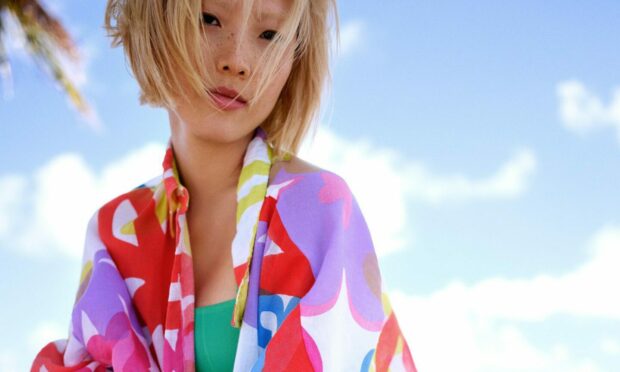
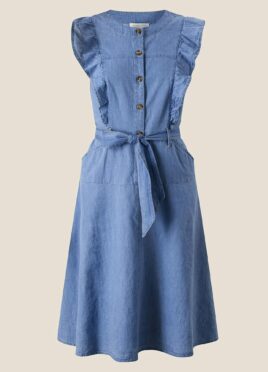
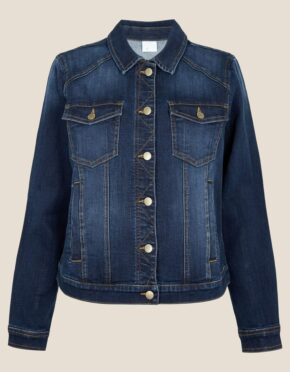
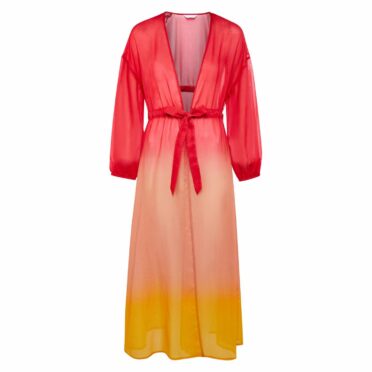
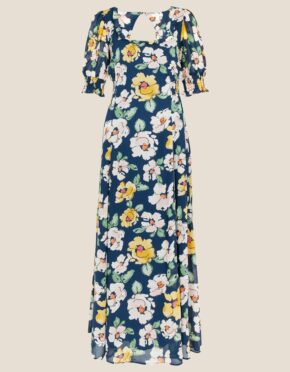
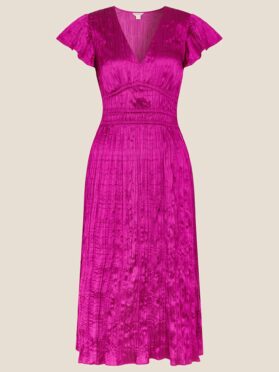
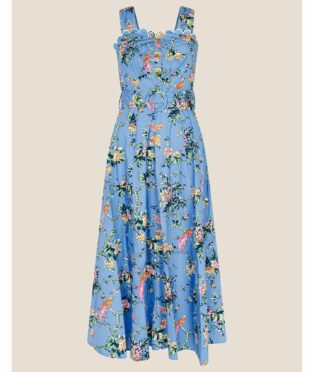
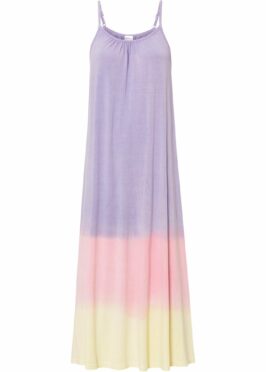
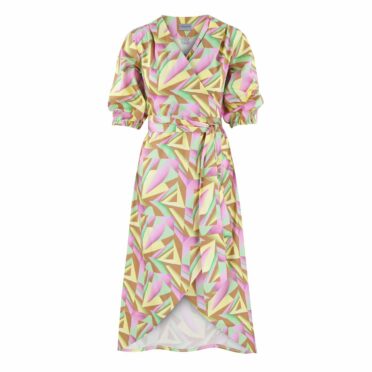
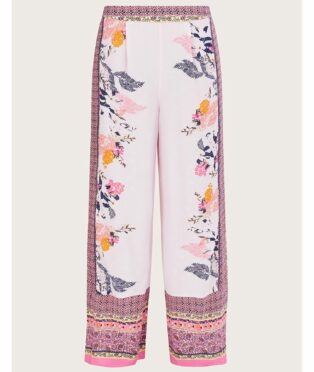
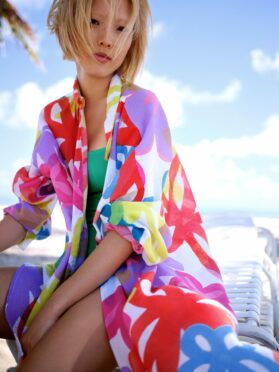
Conversation